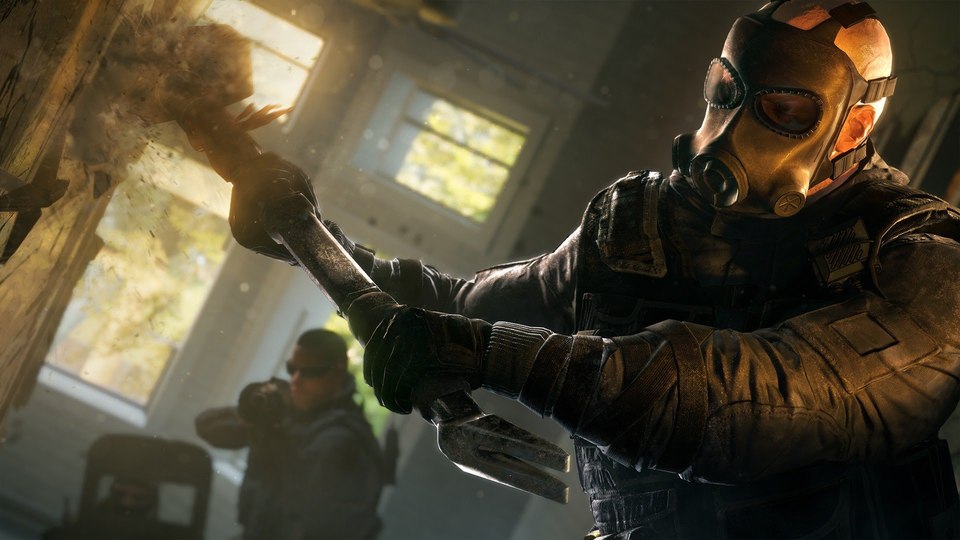It’s par for the course
Since Ubisoft is Ubisoft, there’s been some confusion as to how the microtransaction system works in Rainbow Six: Siege. Having experienced the retail version, I’ll explain.
Basically, everything that comes with a gameplay advantage can be unlocked by way of Renown, which is an in-game currency. You can earn points by watching tutorial videos, completing single-player missions, and playing online. This is primarily used to unlock Operators, which are the classes of Siege. Think of how unlocks for a typical shooter like Call of Duty function, and you’ll get the gist.
Except this time, instead of having to rank up to level 40 for example to pick a certain loadout or weapon, you can unlock your classes of choice from the start — say, a medic or melee bruiser type. Prices start at 500 Renown as a base, and each time you unlock an Operator in a subset, its price goes up by 500 Renown (to 1000, 1500, and 2000 respectively). There’s five subsets of Operators, with four in each class (20 in all). It sounds complicated, but it’s not. I already have nine Operators, and I didn’t get the game until the day before launch. More are set to come as DLC, but for now I don’t feel like Siege‘s economy is drastically different from its competition.
There are also weapon skins and boosters — the latter of which earn you more Renown, and also apply to teammates. It’s a weird system for sure as I don’t like the idea of boosters in premium games, but they’re something that can easily be ignored as the actual game is pretty fun to play. I also feel like the earn rate is fair so far.
I’ve completed all of the single-player elements and have been playing online for the past day or so, so expect a review tomorrow.


